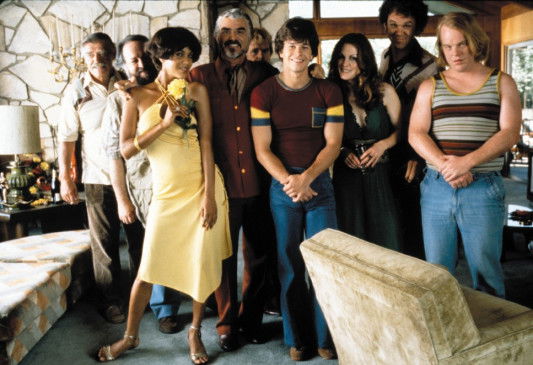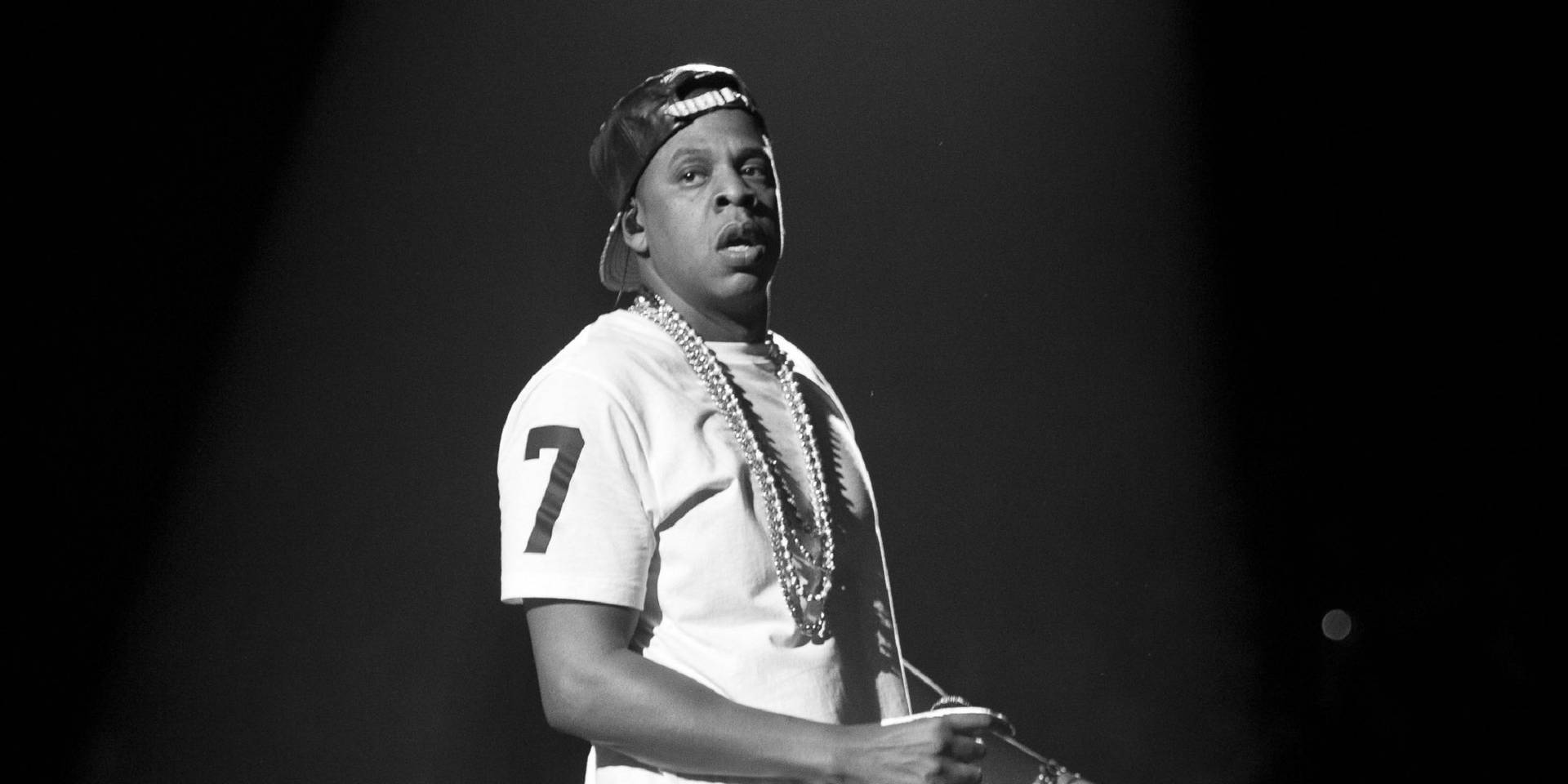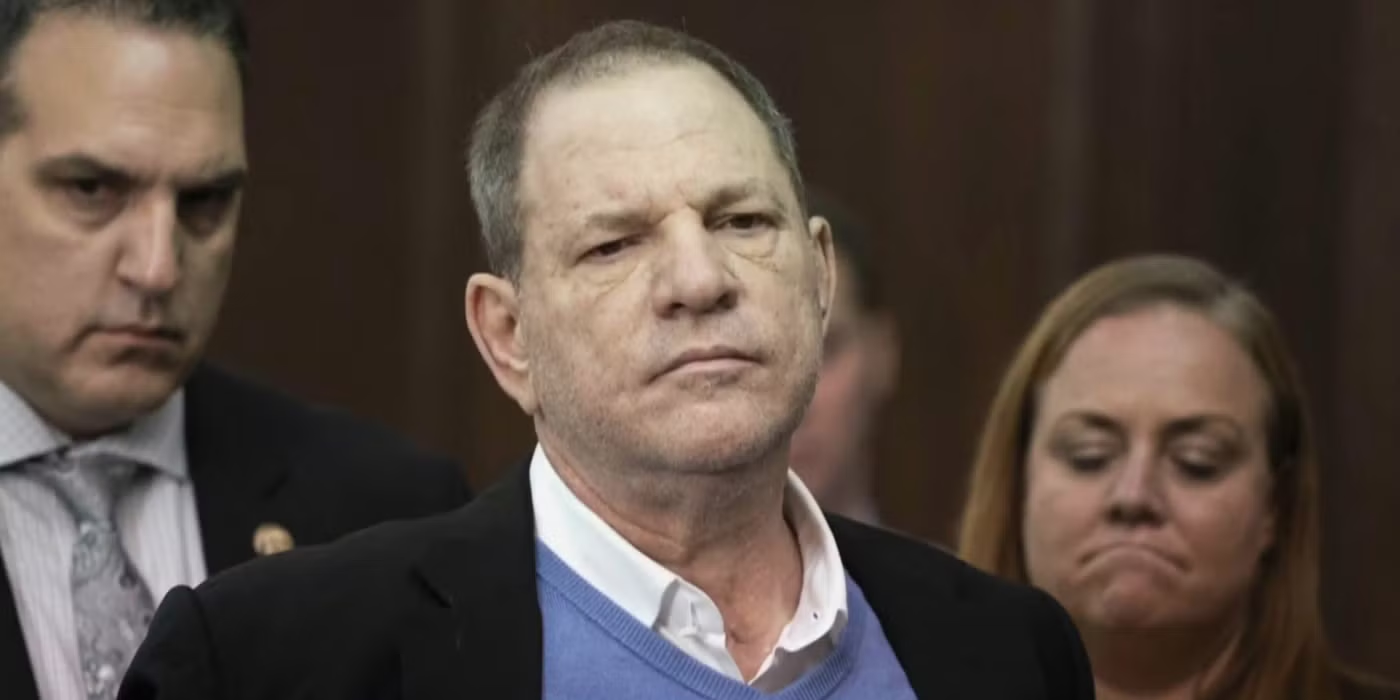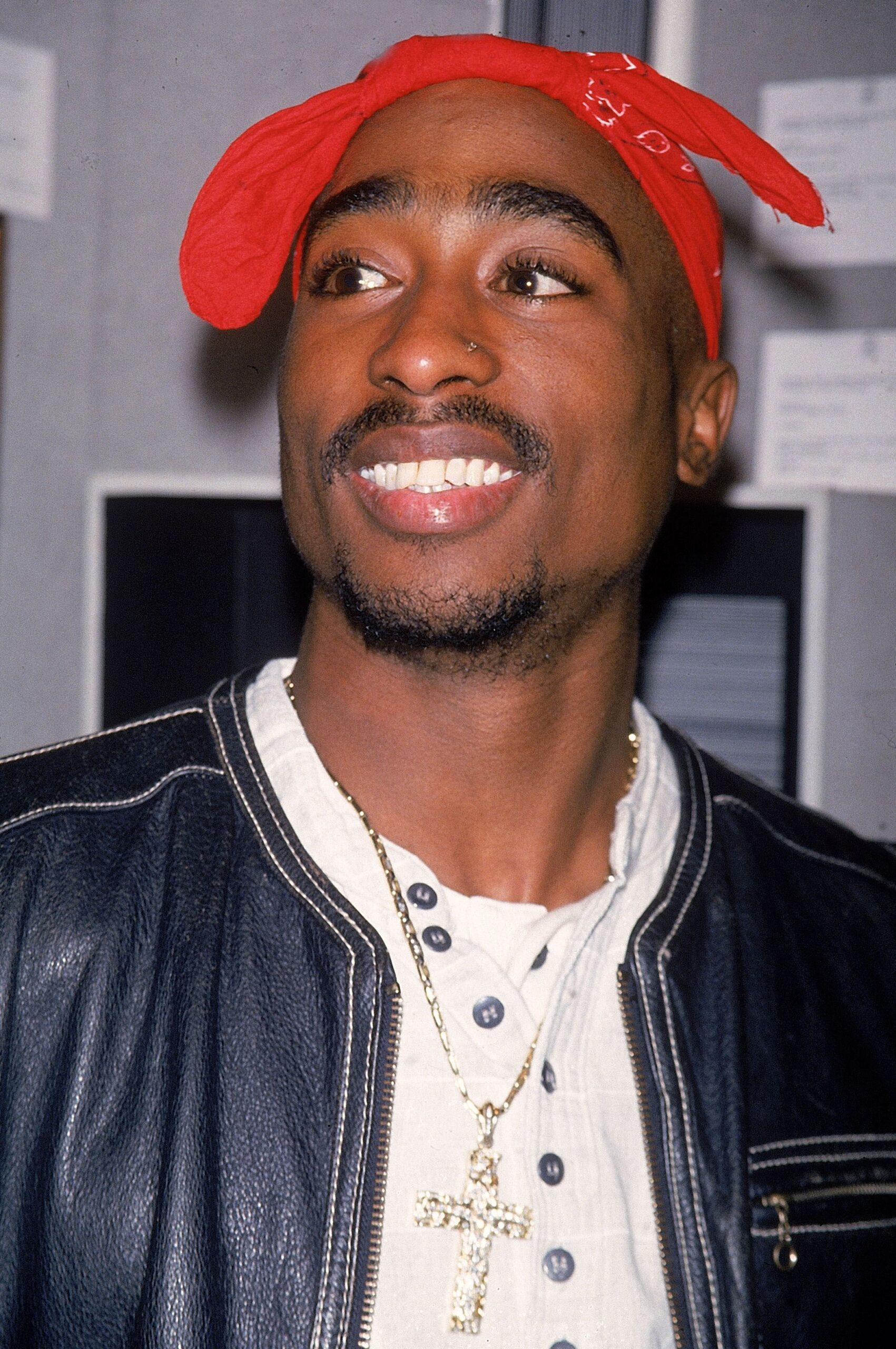
Introduction
In an era defined by the vibrancy of retro styles and compelling narratives, “Boogie Nights” stands out as a transformational film that struck a chord with audiences in the late 1990s. Directed by Paul Thomas Anderson, this 1997 drama not only showcased the dazzling world of 1970s and 80s adult film industry but also served as a poignant commentary on fame, family, and personal struggles. As we reflect on its lasting significance, it’s essential to understand how “Boogie Nights” captured the zeitgeist and influenced both cinema and popular culture.
Plot Overview and Reception
Set in the San Fernando Valley during the rise and fall of the adult film industry, “Boogie Nights” follows the life of a young man named Eddie Adams, played by Mark Wahlberg, who evolves from a talented busboy to a renowned adult film star, known as Dirk Diggler. The film’s ensemble cast includes notable actors like Julianne Moore, Burt Reynolds, and Heather Graham, all contributing to a narrative that is as uplifting as it is heartbreaking.
Upon its release, the film garnered critical acclaim for its bold storytelling, exceptional performances, and lively cinematography. It was praised not only for its engaging plot but also for its representation of an era marked by indulgence, creativity, and ultimately, tragedy. The film received three Academy Award nominations and has since become a cult classic, acting as a nostalgic homage to a time and culture long gone.
Cultural Significance and Legacy
“Boogie Nights” was instrumental in shaping the way the adult entertainment industry is perceived in mainstream media. The film delved into the lives of its characters, humanising them and revealing their vulnerabilities amidst their glamorous façades. By portraying their stories with empathy, it challenged societal norms while igniting discussions around fame and morality in Hollywood.
Furthermore, the film contributed to a resurgence of interest in the disco era, resulting in a renewed appreciation for the music, fashion, and cultural dynamics of the 1970s and 80s. The soundtrack, featuring timeless hits from the era, played an integral role in aiding its nostalgic vibe, bringing back memories of carefree dance floors and the exuberance of youthful aspirations.
Conclusion
As we continue to celebrate films from the 90s, “Boogie Nights” remains a crucial pillar in understanding the evolution of cinema and its cultural impacts. Its exploration of themes such as ambition, addiction, and familial bonds resonates with audiences even today. The film not only entertained but also sparked conversations that are relevant across generations, allowing viewers to reflect on their own experiences within the frameworks of ambition and identity.
In providing a rare glimpse into the complexities of the adult film industry, “Boogie Nights” transformed perceptions and continues to inspire dialogues around the intersections of life, art, and commerce. For both film enthusiasts and casual viewers alike, it serves as a reminder of the vibrant narratives that can emerge in the most unexpected places.
You may also like

Jay Z: The Evolution of a Music Legend

Harvey Weinstein: A Timeline of Legal Troubles and Impact
